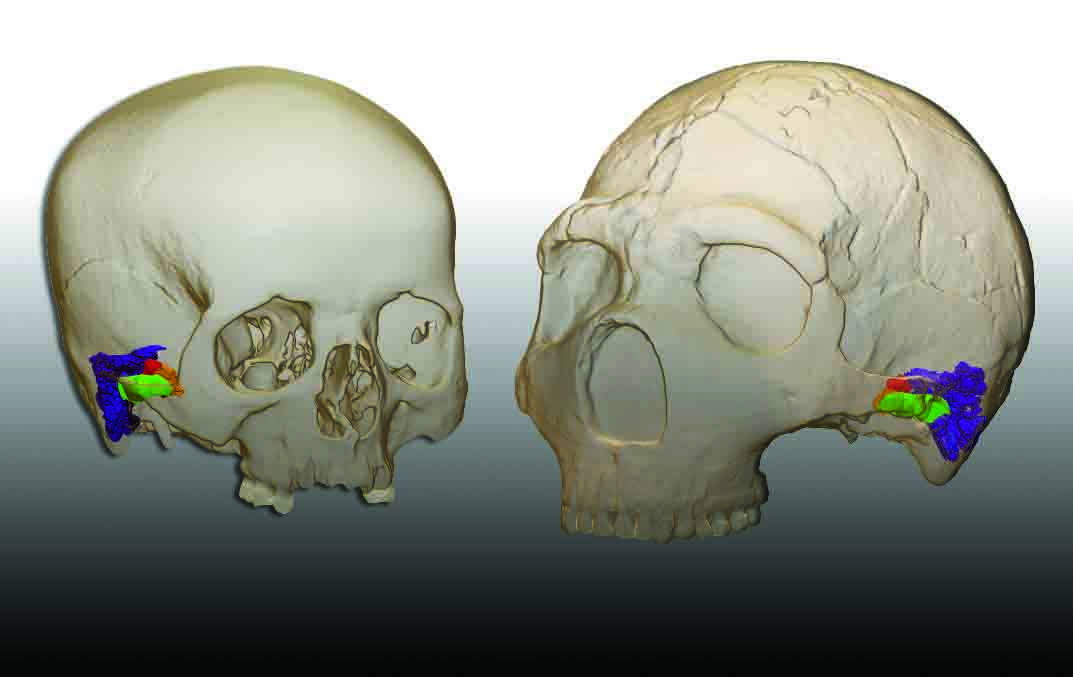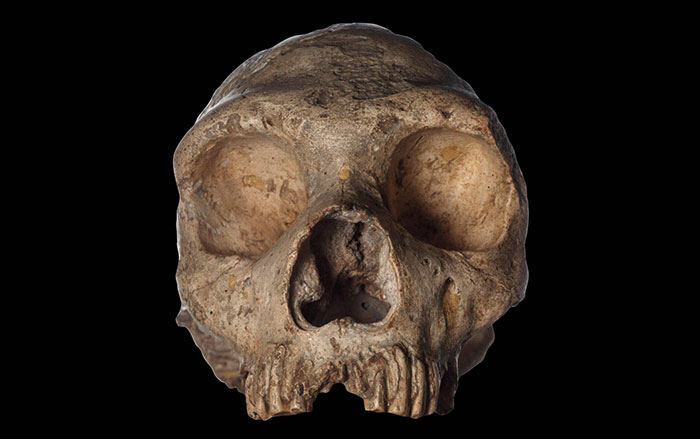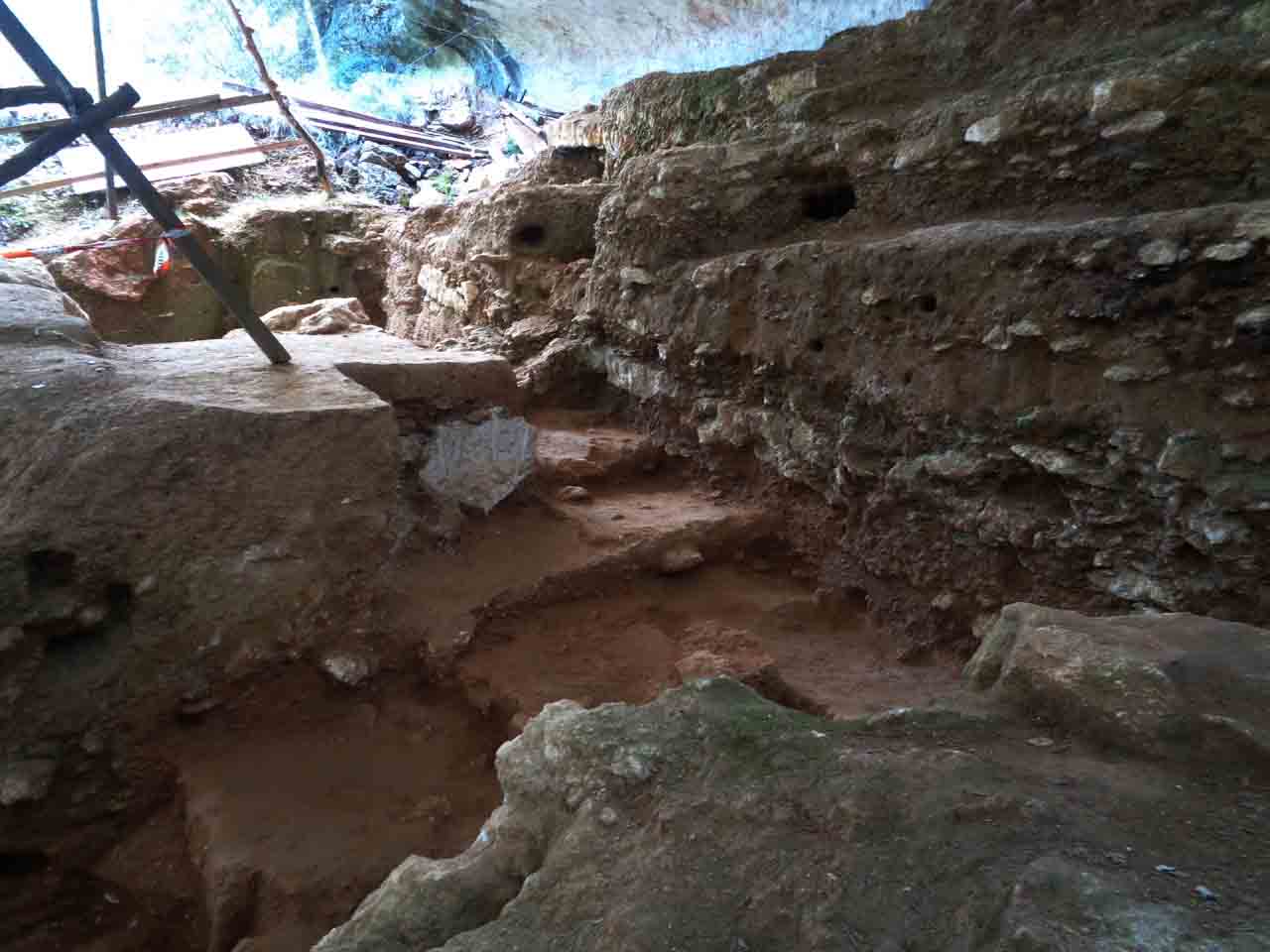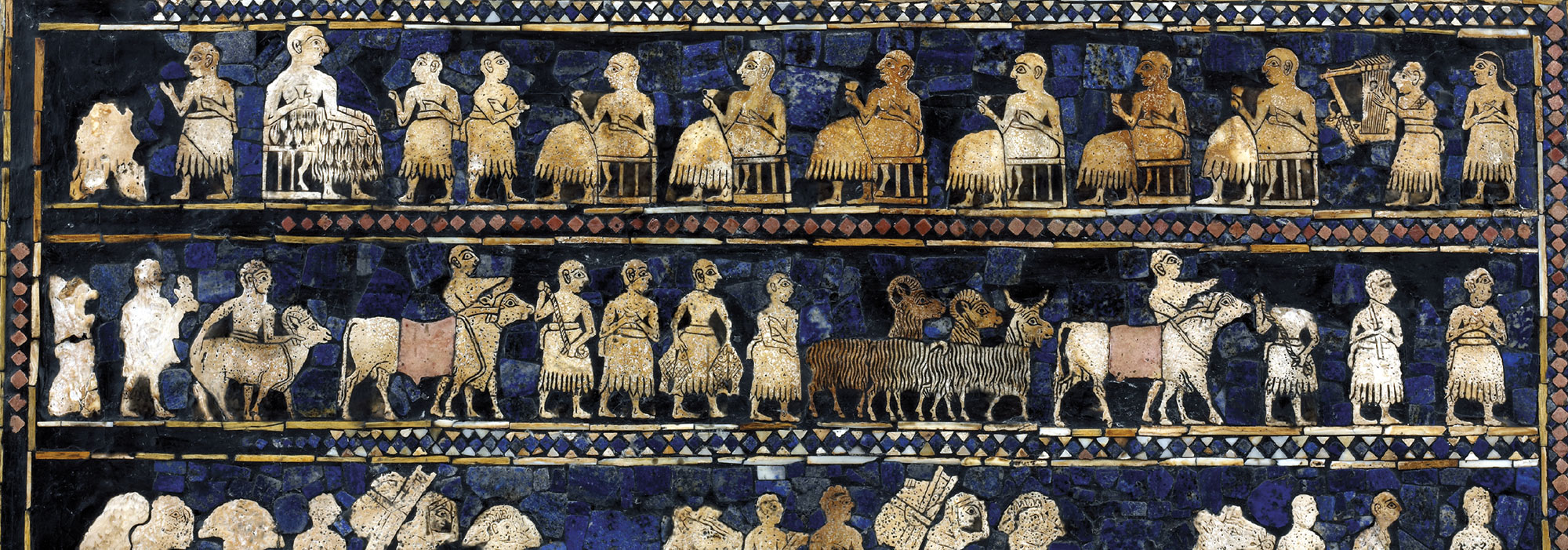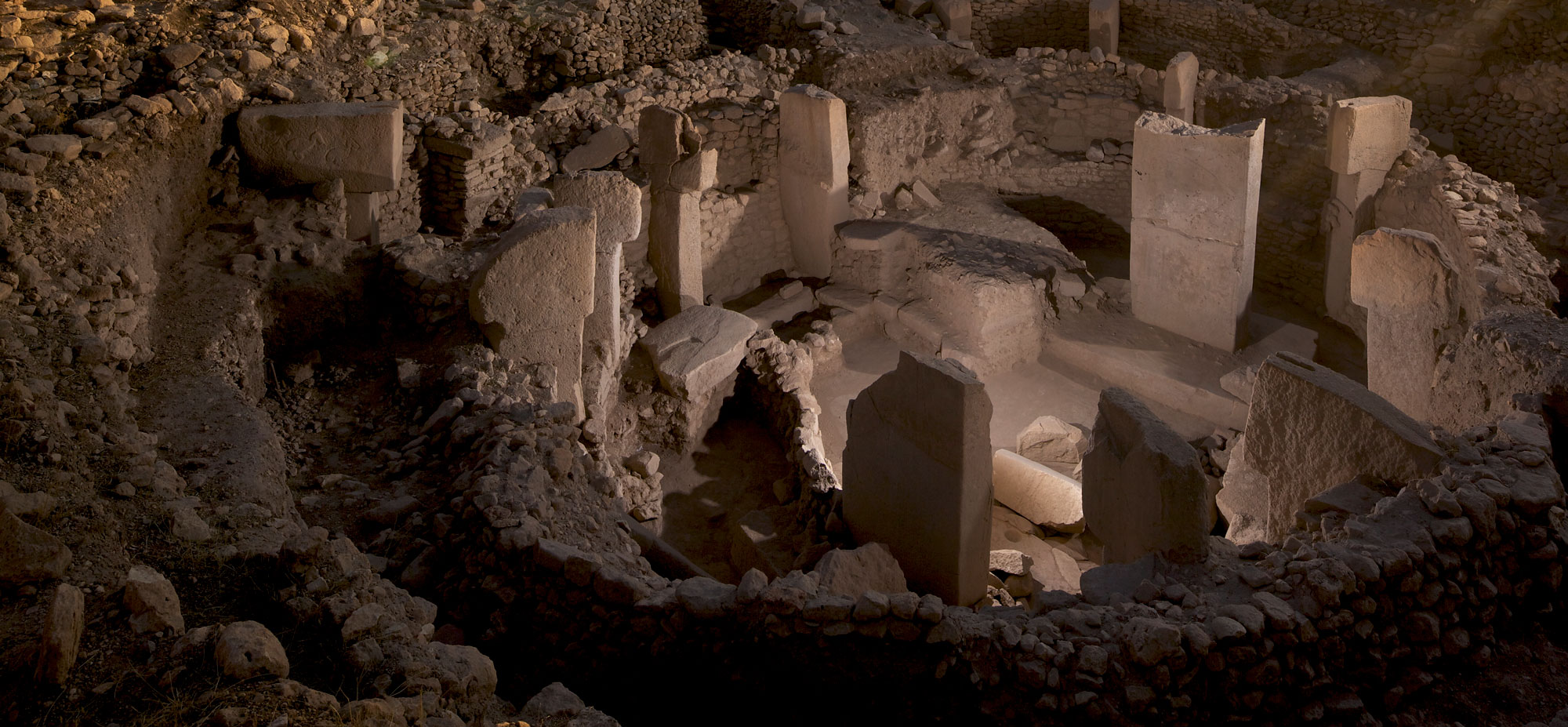
CAMBRIDGE, ENGLAND—Temperature may have been the main driver of the evolution of human body size over the past million years, according to a Cosmos Magazine report. Andrea Manica of the University of Cambridge and Manuel Will of the University of Tübingen and their colleagues analyzed the body and brain size of more than 300 Homo fossils, including bones from Homo sapiens, Neanderthals, Homo habilis, and Homo erectus, and compared the measurements of the fossils to regional climate reconstructions dating back one million years. The researchers found that the archaic humans had larger bodies in areas with colder, harsher climates, and smaller bodies in warmer places. By reducing surface area compared to weight, the researchers explained, less heat would be lost through the skin. “We found that different factors determine brain and body size—they’re not under the same evolutionary pressures,” Will added. “The environment has a much greater influence on our body size than our brain size.” To read about a distant cousin of modern humans, go to "Homo naledi," one of ARCHAEOLOGY's Top 10 Discoveries of the Decade.



